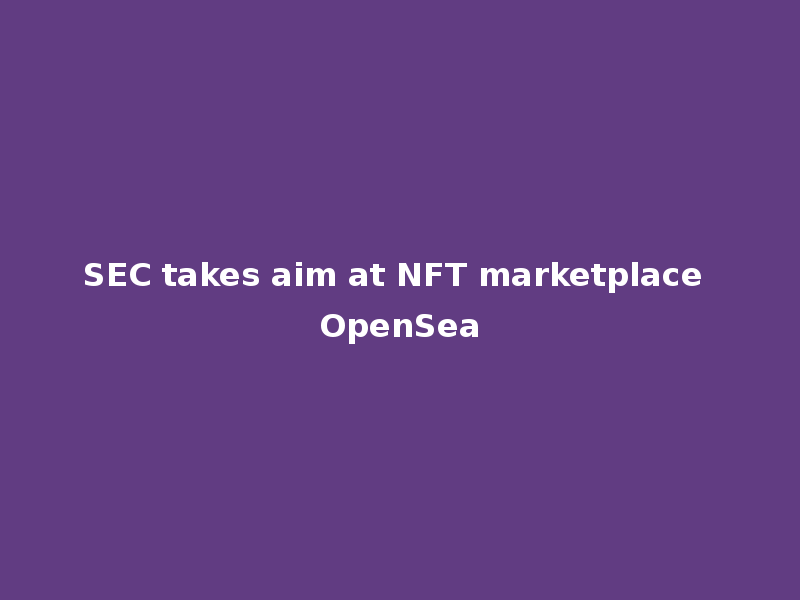Tesla Unveils Cybercab: A $30K Robotaxi & Autonomous Future at ‘We, Robot’ Event
Tesla has officially debuted its highly anticipated Cybercab, a sleek two-seater robotaxi resembling a compact Cybertruck. At the flashy “We, Robot” event held at Warner Bros. Discovery Studios, CEO Elon Musk showcased 20 fully operational prototypes—surprising attendees who expected a single wheel-less concept.
Key Highlights of the Cybercab
- Affordable Price Tag: Musk confirmed the Cybercab will retail for under $30,000, making it accessible to individual buyers.
- Ultra-Low Operating Costs: Estimated at just $0.20 per mile, positioning it as a cost-effective alternative to traditional transport.
- Inductive Charging: No plug-in required—the vehicle uses wireless charging technology.
- Autonomous Demo: Musk rode in a Cybercab during the event, showcasing its gullwing doors and self-driving capabilities.
Production Timeline & FSD Rollout
Musk acknowledged his notorious optimism but projected:
- Unsupervised Full Self-Driving (FSD): Launching in Texas and California by 2025 for Model 3/Y.
- Cybercab Production: Targeting 2026, with a backup deadline of before 2027.
Attendees were thrilled to test-drive the prototypes, with one noting, “They have 20 of them driving around the lot totally unsupervised.”
Surprise Reveals: Robovan & Optimus Robots
1. Tesla Robovan
- A futuristic autonomous bus capable of transporting 20 passengers or cargo.
- No production timeline yet, but Musk hinted it could “change the look of roads.”
2. Optimus Humanoid Robots
- 12 units interacted with guests, dancing, mixing drinks, and conversing in multiple accents.
- Priced between \(20,000–\)30,000, marketed as “friends and helpers.”
- Unclear if movements/voices were remotely controlled.
The Road to Autonomy: Tesla’s Robotaxi Vision
From Concept to Reality
- Originally slated for an August 2024 unveiling, delayed due to a “critical front-end redesign.”
- Part of Tesla’s aggressive autonomy-first strategy, pivoting from budget EVs and downsizing 10% of its workforce.
Business Model
- Tesla-Owned Fleet: Dedicated robotaxis operating via a proprietary ride-hail app.
- Crowdsourced Fleet: Owners can lease their FSD-equipped cars to Tesla’s network, earning revenue (Tesla takes 25–30% cut).
Regulatory & Technical Hurdles
- Hardware Limitations: Current FSD relies solely on cameras, raising skepticism about achieving Level 4 autonomy.
- Safety Concerns: Tesla faces ongoing federal probes into Autopilot-related crashes.
- Legal Barriers: Cybercab’s lack of steering/pedals conflicts with NHTSA safety standards—a hurdle GM’s Cruise failed to overcome.
A History of Bold Promises
Musk’s 2019 prediction of “1 million robotaxis by 2020” fell short, but Tesla continues betting big on autonomy as a long-term growth driver.
Image Credits: Tesla (embedded event photos)
Editor’s Note: While Tesla’s vision is ambitious, regulatory approval and technical execution remain critical to bringing the Cybercab to market.
📚 Featured Products & Recommendations
Discover our carefully selected products that complement this article’s topics:
🛍️ Featured Product 1: Townsend 60 x 36-Inch Single Threshold Shower Base With Right-Hand Outlet
 Image: Premium product showcase
Image: Premium product showcase
Premium quality townsend 60 x 36-inch single threshold shower base with right-hand outlet designed for professional use with excellent performance and reliability.
Key Features:
- Professional-grade quality standards
- Easy setup and intuitive use
- Durable construction for long-term value
- Excellent customer support included
🔗 View Product Details & Purchase
💡 Need Help Choosing? Contact our expert team for personalized product recommendations!












